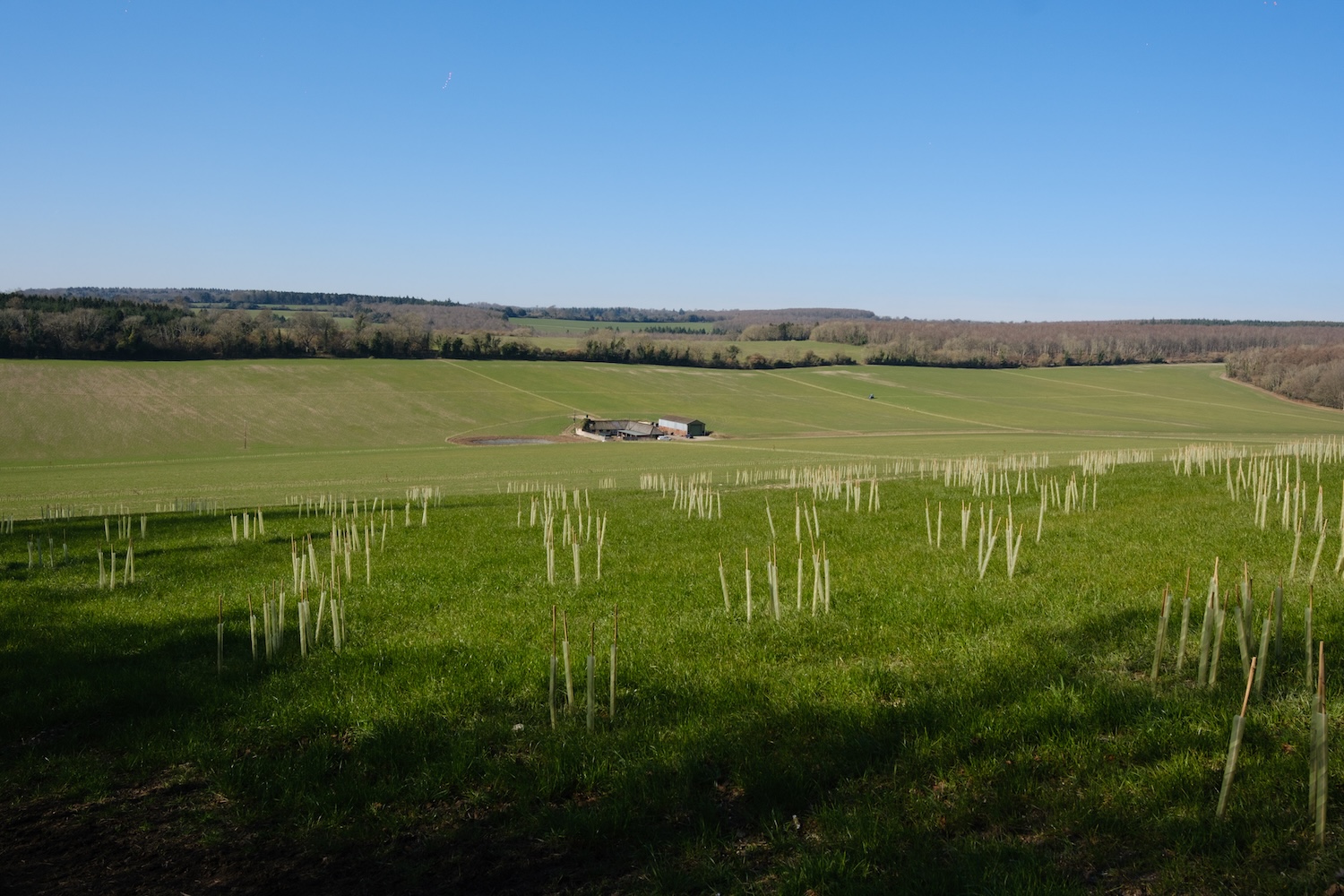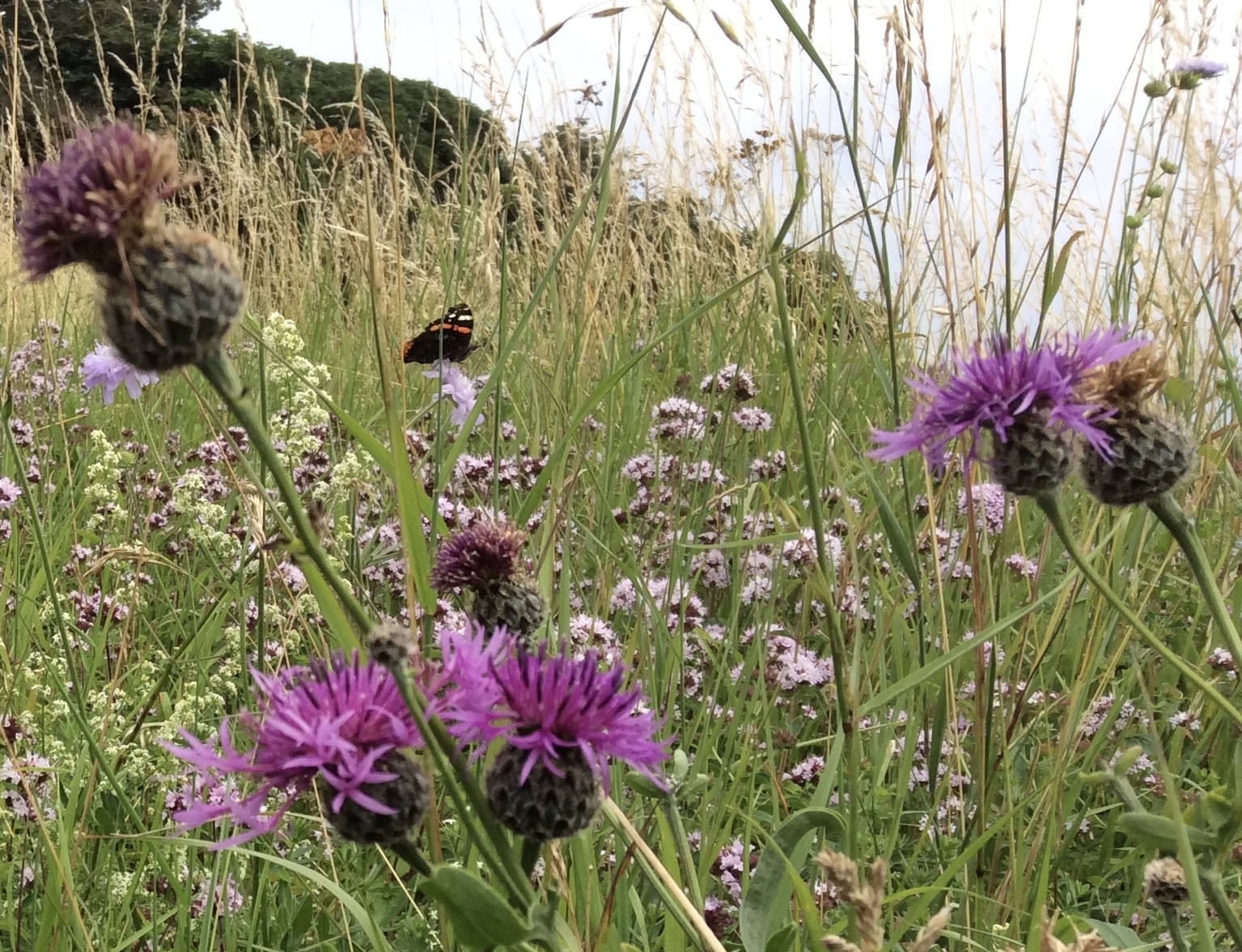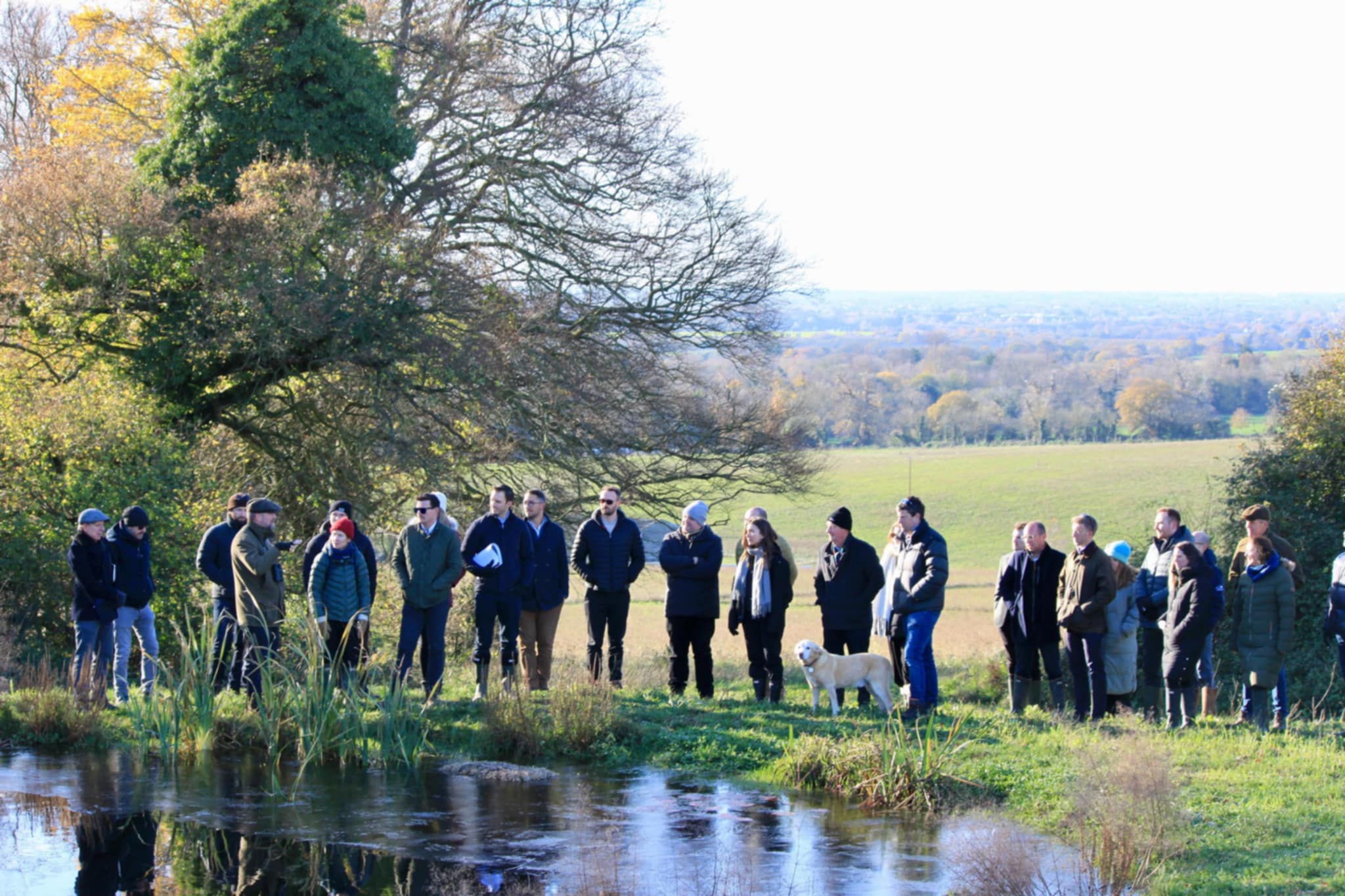Biodiversity Net Gain Units – an at-a-glance guide for developers
We would all like to think we will leave the world a little better than we found it. For developers, that’s no longer just something nice to achieve – it’s a legal requirement.
Since April 2024, it has been law that developers of residential and commercial projects must leave an increase of 10% in biodiversity – known by the now commonly-used acronym BNG (Biodiversity Net Gain).
Although the term has been around for a while now, there is still some confusion about BNG, what it means for developers, and how it can be achieved.
Here’s an at-a-glance round-up, and some information about how we at Halnaker Hill Farm can help developers meet their obligations:
How BNG is calculated
The Environment Act 2021 introduced the requirement for 10% BNG on all developments, although this did not come into effect until February 2024 for smaller projects, and April 2024 for major sites.
The 10% uplift is required whether the development impacts existing biodiversity on its site or not – so the vast majority of developments are bound to deliver it.
The term ‘biodiversity’ encompasses a wide range of flora and fauna, but for the purposes of BNG it can be broadly defined as ‘wildlife habitat’.
The Department for Environment, Food and Rural Affairs (Defra) has standardised an official Biodiversity Metric which helps calculate the impact of a development and how much of an uplift in habitat is needed to comply with BNG requirements.
The ‘distinctiveness’ of a habitat is a key element of the metric in determining the number of BNG units an area is worth. Distinctiveness considers factors such as rarity of species, and their protected status, with habitats that are more valuable and harder to replace categorised as being of higher distinctiveness.
How BNG is delivered
Once the appropriate BNG requirement has been calculated, developers must then look at how they can deliver it.
There is a clear hierarchy here – the options are, in order of preference:
- On-site: If at all possible, the developer must deliver improvements by enhancing or restoring existing habitats, or creating new ones, where the development is taking place. Planners have a clear focus to encourage developers to try achieve the 10% BNG uplift on the site.
- Off-site: If some or all of the BNG cannot be achieved on-site, then developers can look off-site. This might be by increasing BNG on other land they own or, more often, by buying BNG units to make up the shortfall. That’s where schemes like Halnaker Hill Farm come in – in our case, more than 300 acres of farmland is being returned to nature, providing a total of 856 BNG units available on the open market.
- Statutory credits: These are a last resort, but if developers cannot achieve BNG on-site or through purchasing off-site credits, the Government has a bank of BNG Credits for sale in specific circumstances. However, it’s important to note that this is ONLY a last resort, available if all else fails. It’s also generally the most expensive option.
The difference between BNG Units and BNG Credits
These two terms are not interchangeable, although some people often say one when they mean the other, which can lead to confusion.
BNG Units, or Biodiversity Net Gain Units, such as those available from Halnaker Hill Farm, are sold to developers on the open market. They are used by developers to help meet their statutory BNG requirements, if they can’t make the necessary biodiversity improvements on site. This market is known as the ‘mandatory’ market – because developers are required to deliver BNG. In the ‘voluntary market’, where corporates are not required to invest in BNG but choose to do so to help meet their environmental goals, these are referred to as Voluntary Biodiversity Credits.
BNG Credits, also known as Statutory Credits or Biodiversity Credits, are a last resort for developers who are unable to meet their BNG requirements on or off site. They are an expensive way to achieve BNG, as each BNG Credit costs around twice as much as a BNG Unit. To use BNG Credits, developers must demonstrate to the Local Planning Authority that there is no other way to achieve the required biodiversity increase.
Once developers have determined how they will deliver at least 10% BNG, they must submit a Biodiversity Gain Plan alongside their planning application to the local authority.
All BNG outcomes must be secured for a minimum of 30 years, backed by a Section 106 agreement or conservation covenant. The gain must also be recorded on Natural England’s statutory BNG register.
BNG Units at Halnaker Hill Farm
Located within the South Downs National Park, Halnaker Hill Farm is home to one of the UK’s largest BNG land banks, offering 856 BNG units – all registered with Natural England and secured under a Section 106 agreement with the South Downs National Park Authority.
Each unit represents a measurable increase in biodiversity over a 30-year period. These gains have been calculated using remote sensing data, baseline ecological surveys, and habitat mapping.
The habitats at HHF are of medium to high distinctiveness, including hedgerows; lowland calcareous (chalk) grassland, neutral grassland, mixed scrub, ponds, individual trees and woodland.
More than 20,000 trees have been hand-planted, along with 7km of hedgerows, wildflower meadows, wildlife corridors, and ponds.
To enquire about available units or discuss your project, contact us here.
Related Posts




